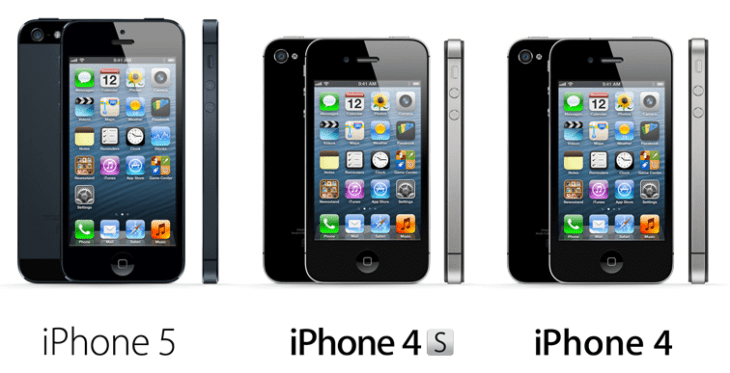For almost as long as Apple’s iPhone has been in existence, analysts have claimed to see visions of a low-cost version of the device aimed at developing and prepaid markets. It’s easy to see why these visions have grown in magnitude and gained a more vocal following over the years: entering that market would, in theory, broaden Apple’s potential appeal by hundreds of millions of new customers. But I refer to the low-cost iPhone as a “siren song” for a reason – there’s a significant potential downside if Apple tries such a device and fails to impress.
The latest buzz around a budget iPhone device is being generated by a new investor note from Morgan Stanley analyst Katy Huberty (via Business Insider), who provided three reasons for why she and her firm see a low-cost iPhone on the horizon. The iPad mini’s success in China and Brazil, Chinese consumers gravitating to the latest iPhone over older models, and surprise iPhone 4 demand were all seen as indicators that Apple will go budget in the near future.
Huberty met with Apple CFO Peter Oppenheimer before penning the report, but she doesn’t directly attribute any of her reasoning for a cheaper iPhone to him directly. Other encounters between analysts and Apple execs have also left similar impressions, and Tim Cook even went so far as to tell Bernstein’s Toni Sacconaghi that the company had specific “clever things” planned to target the prepaid market, and that the company wasn’t “ceding any market” despite its continued efforts to target higher-end smartphone buyers.
Recently, there have been more indications that Apple might be going low-cost with a new iPhone design, including reports from the supply chain that a new model will come out with a plastic body and design cues from the current iPod touch. More reliable sources, including the Wall Street Journal and Bloomberg, have also chimed in (though they’ve thrown out the same idea in the past, actually right around when Tim Cook made his original statements to Sacconaghi).
A cheap iPhone is a tantalizing story because it’s a tantalizing product for investors, for consumers and for Apple itself. But Apple’s concern isn’t beating competitors on price, as it has said time and time again; it’s about delivering a no-compromise experience. So long as it can do that at a price point that makes more sense for the prepaid market, it would be happy to field such a device. The iPad mini is another example of Apple waiting to build a product people clamored for until it could get the experience up to its standards, and waiting has proven the right strategy there.
With a cheap iPhone, striking that balance is even more important. Apple has to deliver a product that allows it to maintain its reputation as a mobile platform with the best consumer experience. Doing anything else would invite comparison to other “good enough” budget products from rivals, which would undermine all of Apple’s efforts to brand itself as a premium maker of hardware and software. It’s a slippery slope, which is why, despite allusions made by Cook two years ago to a strategy that embraces the pre-paid market, we’ve seen little, if any deviation from its standard course since then.
Analysts love the idea of a low-cost iPhone because it looks like ripe, juicy, low-hanging fruit. But Apple is rightfully cautious because it has built a brand on produce from higher up in the tree. Huawei and ZTE have shown how it can be difficult to start as a budget brand and claw your way up in consumer eyes, and their marketing struggles are probably a good indication of why Apple, if it is going to go after the prepaid crowd, will have to do so very, very carefully to avoid being lost in the deep.
